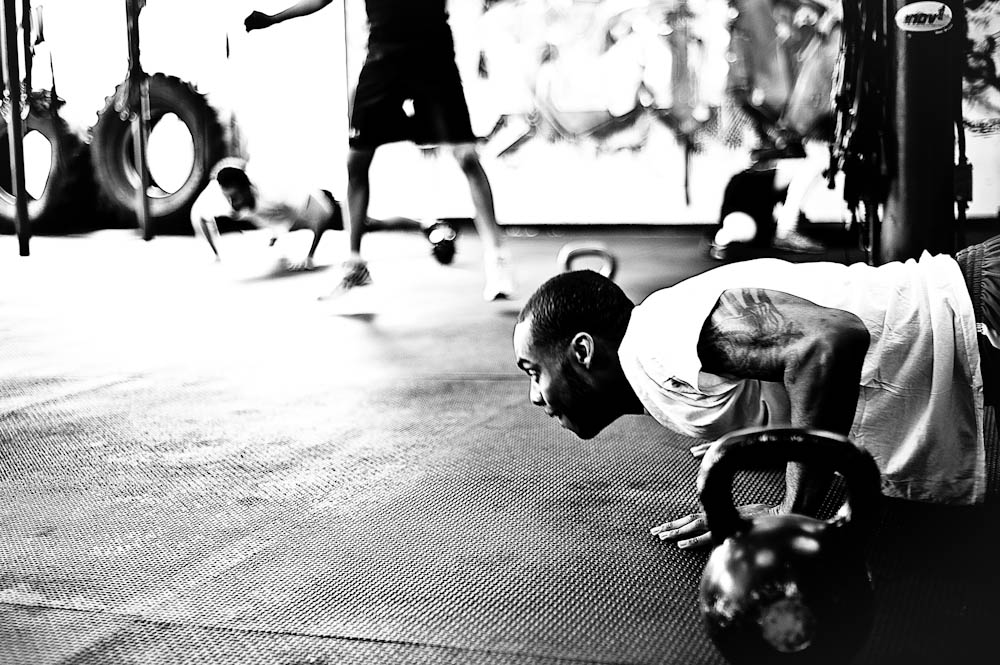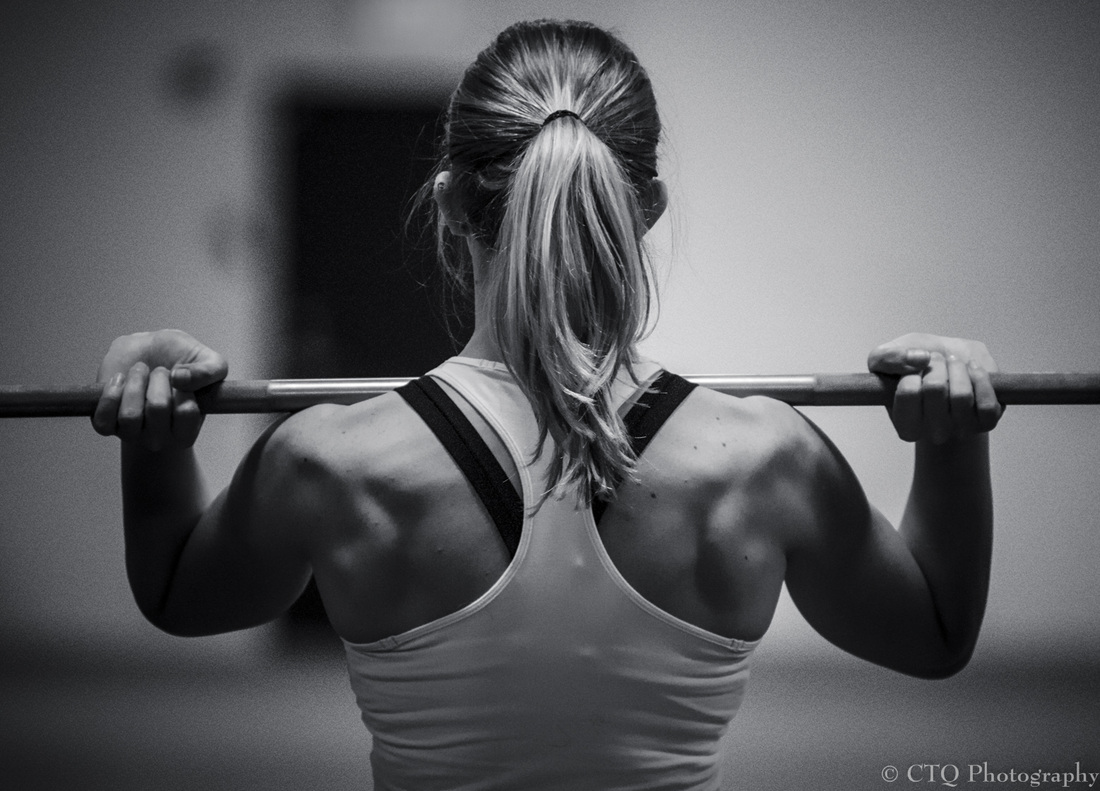DO YOU EXPECT TO BE FITTER, FASTER AND STRONGER AFTER YOU RECOVER FROM INJURY?
In most cases this is not an unrealistic expectation, but you can’t put fitness on dysfunction.
Why is Corrective Exercise so different?
Corrective Exercise focuses on the foundations of optimum posture, quality movement, and core co-ordination and function. It serves two major purposes:
- -A long lasting solution for any-body with injuries, aches, pains, or joint problems looking to resolve their condition
- -The missing link for anyone needing exercise to improve, fitness, health, well-being or sporting performance.
Corrective Exercise is based on the simple fact that each muscle is connected to another and our nervous system communicates between all muscles and joints. By reintroducing proper structure in the body, function can improve and you can move freely and with less pain as time goes by. The movements require focused attention as you train your body to move in new ways. It will be as challenging for your brain as it is for your muscles. The key to success is the full integration of using what you have learned in the gym, in your movements of everyday life.
Corrective Exercise is an essential tool for people of all abilities and ages. With the right Corrective Exercise program for you, the flaws in any technique can be overcome. From something as advanced as cutting & sprinting or as repetitive as working on your computer- Corrective Exercise is the answer. Poor technique in any kind of movement sets the stage for injury.
For the athlete or active person, Corrective Exercise can improve performance and efficiency, reduce the chances of injury, and allow the body to rehabilitate optimally from injury.
IF YOU WANT TO PLAY LIKE AN ATHLETE YOU FIRST HAVE TO MOVE LIKE AN ATHLETE
Your First Session
The process begins with a thorough review of your health history and a discussion of your goals. This is followed by a series of movement assessments called the Functional Movement Screen, and to evaluate your current flexibility and relative strength. An exercise program will then be designed based on your health history and movement evaluation to help restore your body’s muscular balance and proper function.
Your Exercise Program
Every person seen is unique and has special concerns. Therefore, one therapy session is typically not enough interaction for us to effectively predict the response your body will have to the exercises, or to determine how many visits you will require. Typically 4-8 weeks are a needed to establish correct movement patterns and to develop muscular strength and endurance to get you back to sport.
Your body did not evolve (or dissolve!) to where it is today in one week, so it is safe to say it will take some time to reverse your situation. While our time together at the gym will teach you the skills you need to move more efficiently, it is up to you to integrate these new ways of moving into your day to day life and sport.
Returning to Sport following injury is scary, filled with the anxiety of feeling fragile and vulnerable. The body tends to brace protectively in face of this fear of getting hurt again or feeling the pain. The final stages of your program will directly address this bracing mechanism. We will practice tumbling on mats so you can learn how to fall properly. Dynamic landing mechanics are developed throughout your program so you can better absorb impact whether you are running, skiing or mountain biking. Most importantly you will gain confidence that you are strong and durable so you won’t be consistently distracted by fear of your injury.





